Gainesville Mechanical Inc Blog
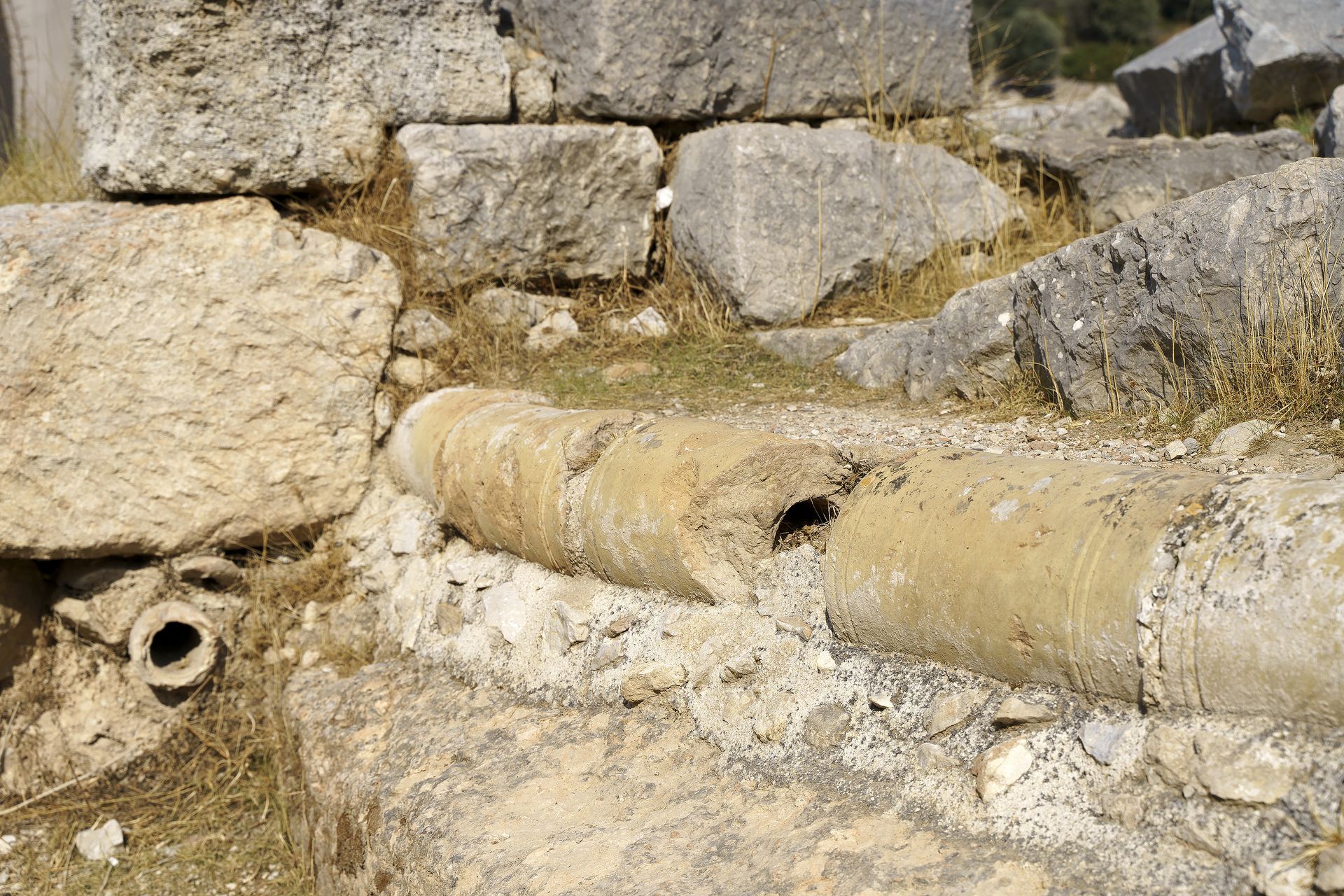
Plumbing is integral to our everyday lives, providing us with essential water supply and sanitation systems. It ensures our homes and buildings have clean water for drinking, bathing, and other domestic needs. However, have you ever wondered about the origins of this vital system? For instance, when was plumbing invented? Well, plumbing has a long history. The greatest ancient civilizations like Greek, Roman, Persian, Indian, and Chinese have used the first versions of plumbing. While in the modern era, plumbing includes advanced features that keep your home hygienic and free of disease and contamination, plumbing in the ancient period meant having usable water inside and a way of removing wastewater. Let’s discover the answers to these fascinating questions about plumbing history, including - when did indoor plumbing start, who invented indoor plumbing, when did indoor toilets become common in America and all the exciting bits. Plumbing's Origin in Ancient Era In Mesopotamia, the elite class residents used separate bathrooms and indoor toilets to discard the waste into the river in 3000 BCE. Around 2600–1800 BCE, some regions, including Harappa, Rakhigarhi, and Mohenjo-Daro, developed the first urban sanitation systems in ancient India. These civilizations used well water through masonry conduits and dumped wastewater into the street drains. Around 2500 BCE, Egyptians started to use copper pipes to create complex plumbing and drainage system. The first version of flushing toilets was stone seats placed over water streams where a bucket of water was used to do the flushing. Around 2000 to 1700 BCE, these toiles were discovered in the Mediterranean island of Crete. The ancient Greek island of Crete created an advanced drainage system around 1700 to 1500 BCE. Their design included terracotta pipes and joint sockets. However, the ancient Romans made significant advancements in plumbing technology. Around 510 to 31 BCE, they started to use fresh water in baths, fountains, and toilets that came through tunnels of pipes. Romans built aqueducts to transport fresh water from the countryside to Rome. The water was collected in tanks to distribute. But, around 200 BCE, Romans replaced their existing system with lead pipes which caused countless deaths from lead poisoning. Plumbing in the Early Modern Era The invention of the flush toilet is attributed to Sir John Harington - Queen Elizabeth I's godson - an English courtier in the late 16th century. Long after, in 1652, America's Boston City built a water system for domestic and fire-fighting purposes, where pipes were made of tree logs. In 1664 a cast-iron water main was built in France's Marly-on-Seine to the palace at Versailles. This main could reach up to 15 miles from the pumping station, which supplied water to the palace gardens, fountains, and nearby towns. Then, in 1767, William Feetham designed the world's first mechanical shower. At that time, hot baths were popular, and no one wanted this cold and dirty water for a bath. However, this shower offered recycled water to be used in the shower. Alexander Cumming patented a toilet similar to the first flushing toilet but with improved features in 1775. This toilet had a flush mechanism that let users employ and refill the pan. It also prevented the sewer gas from entering the bathroom. This invention laid the foundation for the modern indoor toilets we use today. In 1778, Joseph Bramah patented a new toilet design which was an improved version of Cumming's design. And in 1795, New York built a unique water system for the firefighters. It was a network of logs that supplied water throughout the city. Firefighters drilled the logs and plugged the hole to access water. Now let’s take a look: Plumbing in The Modern Era During 1815 Philadelphia started supplying water governed by the municipality. They built a dam and water wheels across the Schuylkill River to provide water directly to businesses and homes through pipes. By 1819 cast iron mains began to replace the wooden system in Philadelphia. The Tremont Hotel of Boston installed indoor plumbing for guests in 1829, including indoor toilets and running water. Later in 1833 White House installed a plumbing system on the main floor of the presidential home. In the 1800s, Midtown Manhattan constructed its first reservoir in 1835, sourcing water from the Croton River. By 1842, the reservoir was operational, supplying approximately 72 million gallons of water daily. Later in 1855, America established its first sewer system, while in 1870, Thomas William Twyford introduced the ceramic flushing toilets. In the late 19th century, Thomas Crapper revolutionized the flushing toilet by introducing a floating ballcock and a "U" shape trap around 1880. This innovation improved the efficiency and reliability of toilets, setting the foundation for modern plumbing systems. In the End Experience a lifestyle upgrade with the latest advancements in plumbing technology. Let our professional team at Gainesville Mechanical Inc assist you in transforming your water supply and sanitation system. As a trusted HVAC service provider in Gainesville, GA, since 1989, we guarantee your comfort and satisfaction. Contact us to schedule an appointment today.
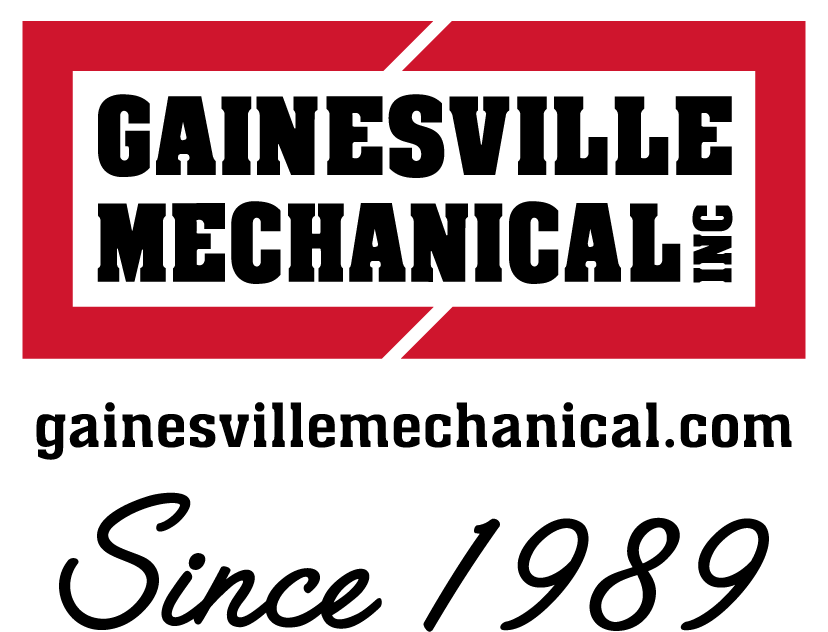

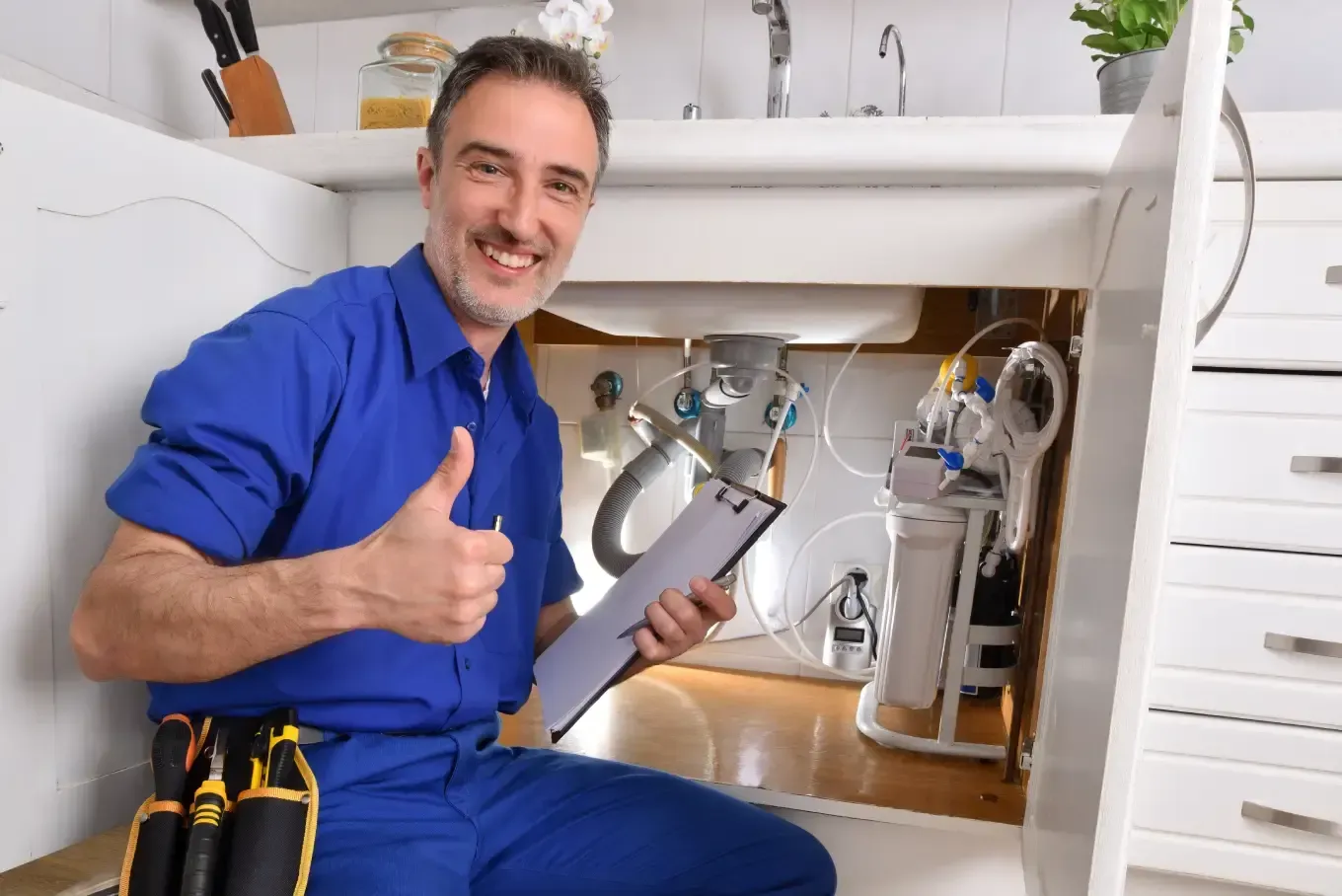
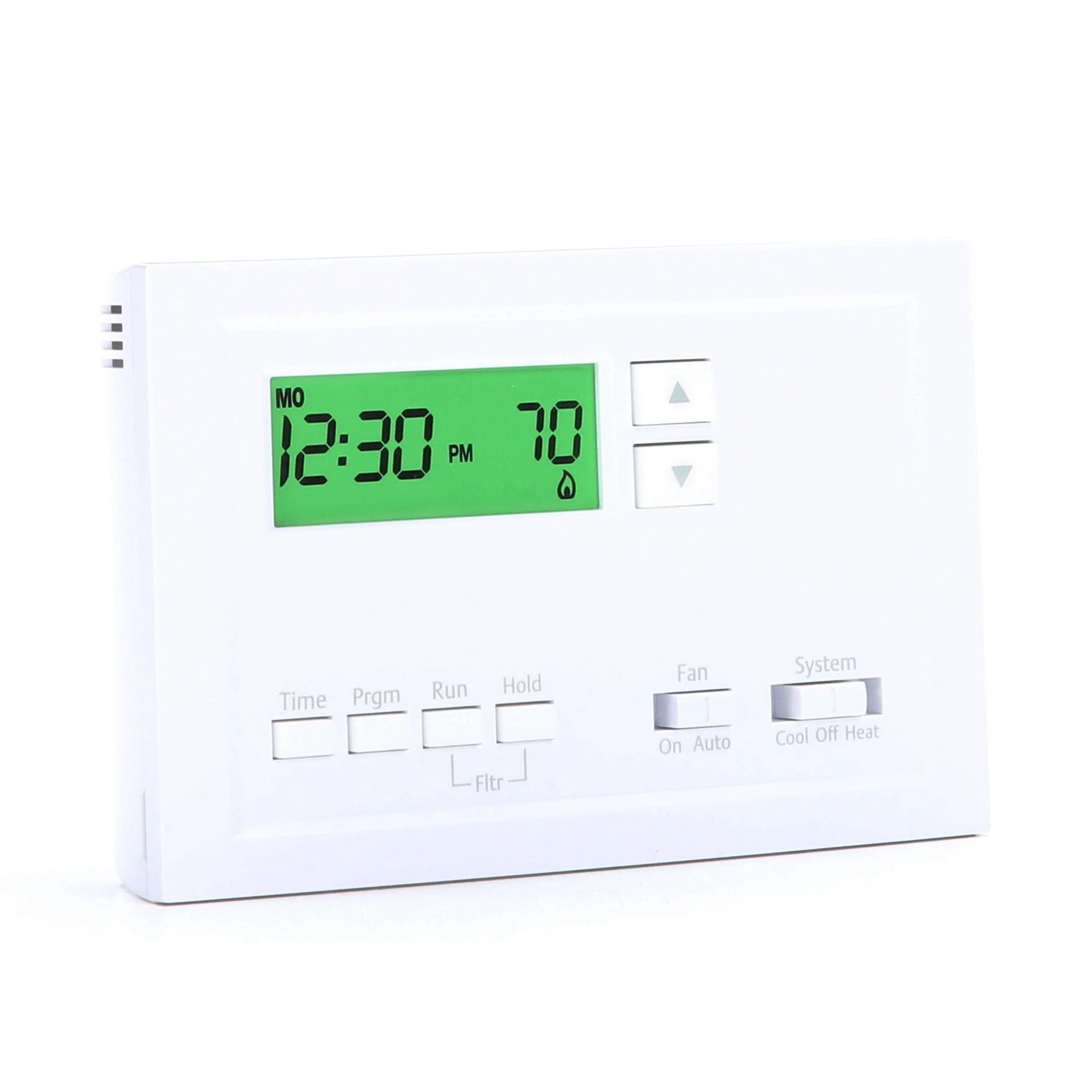
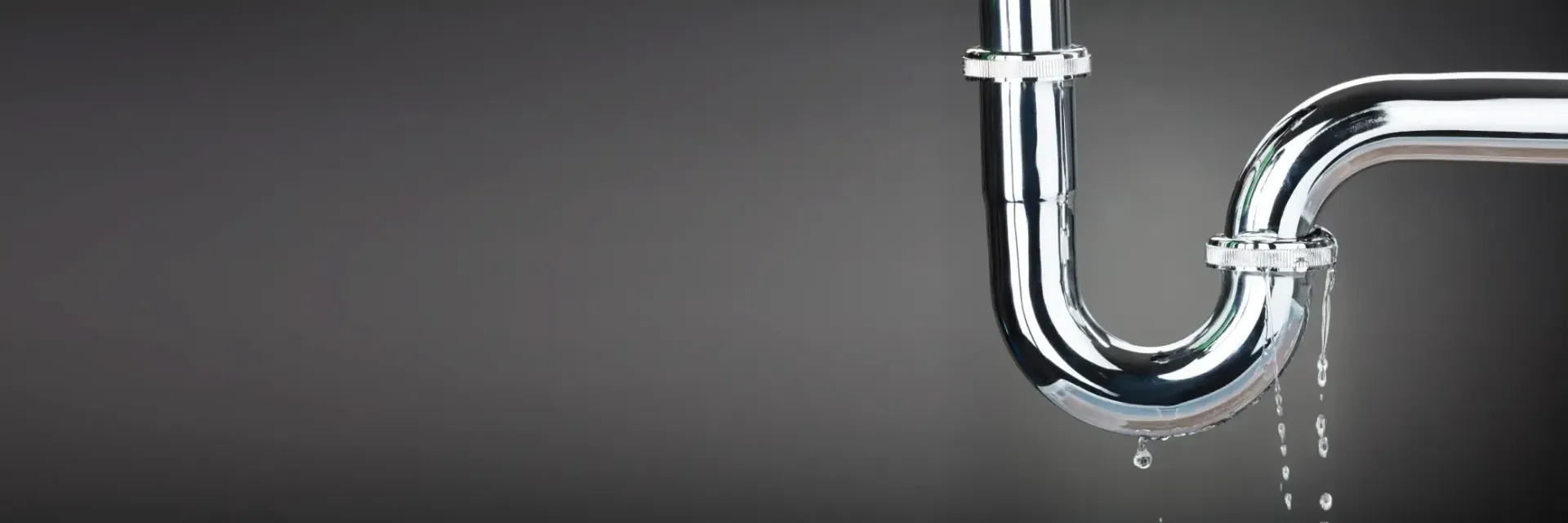
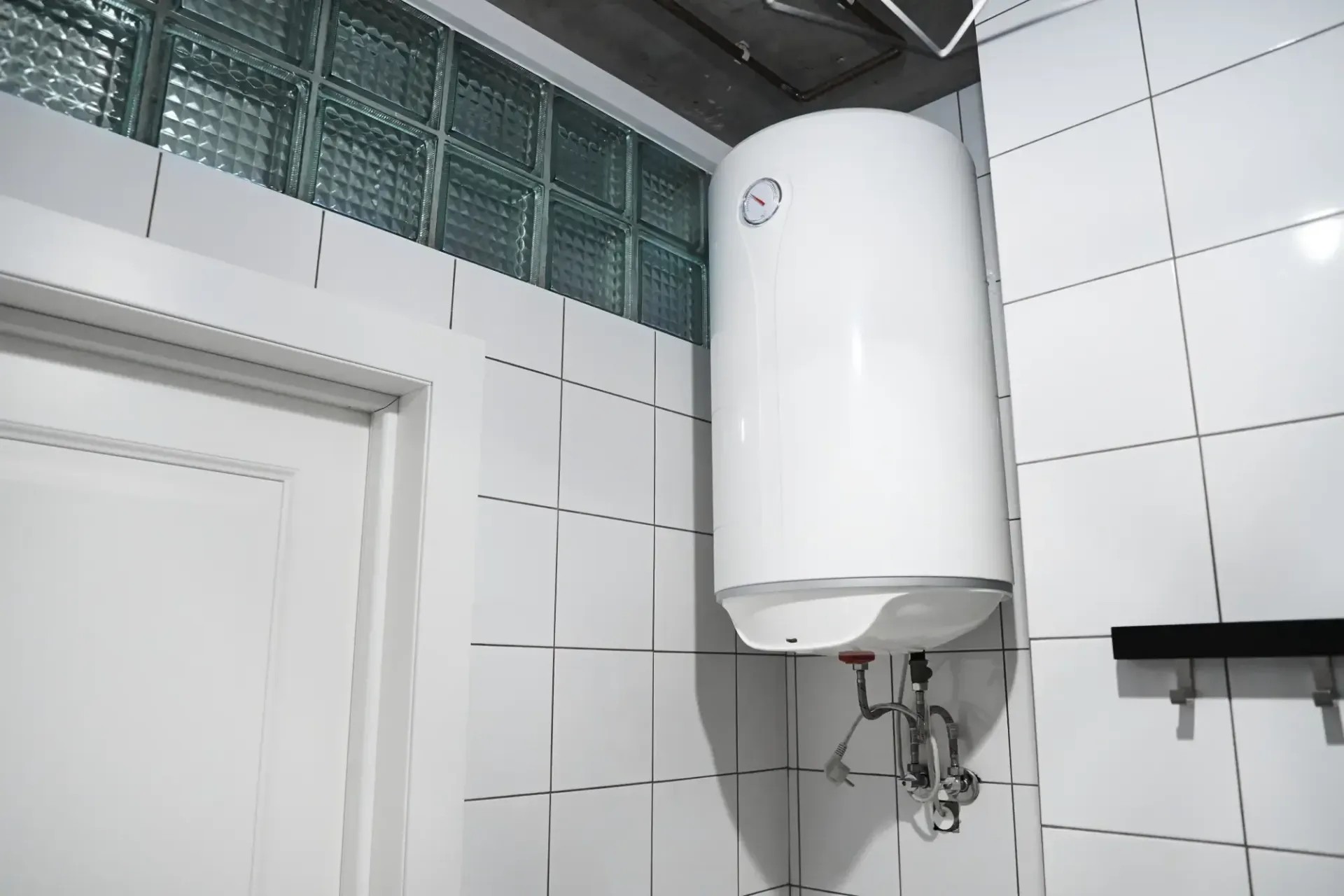
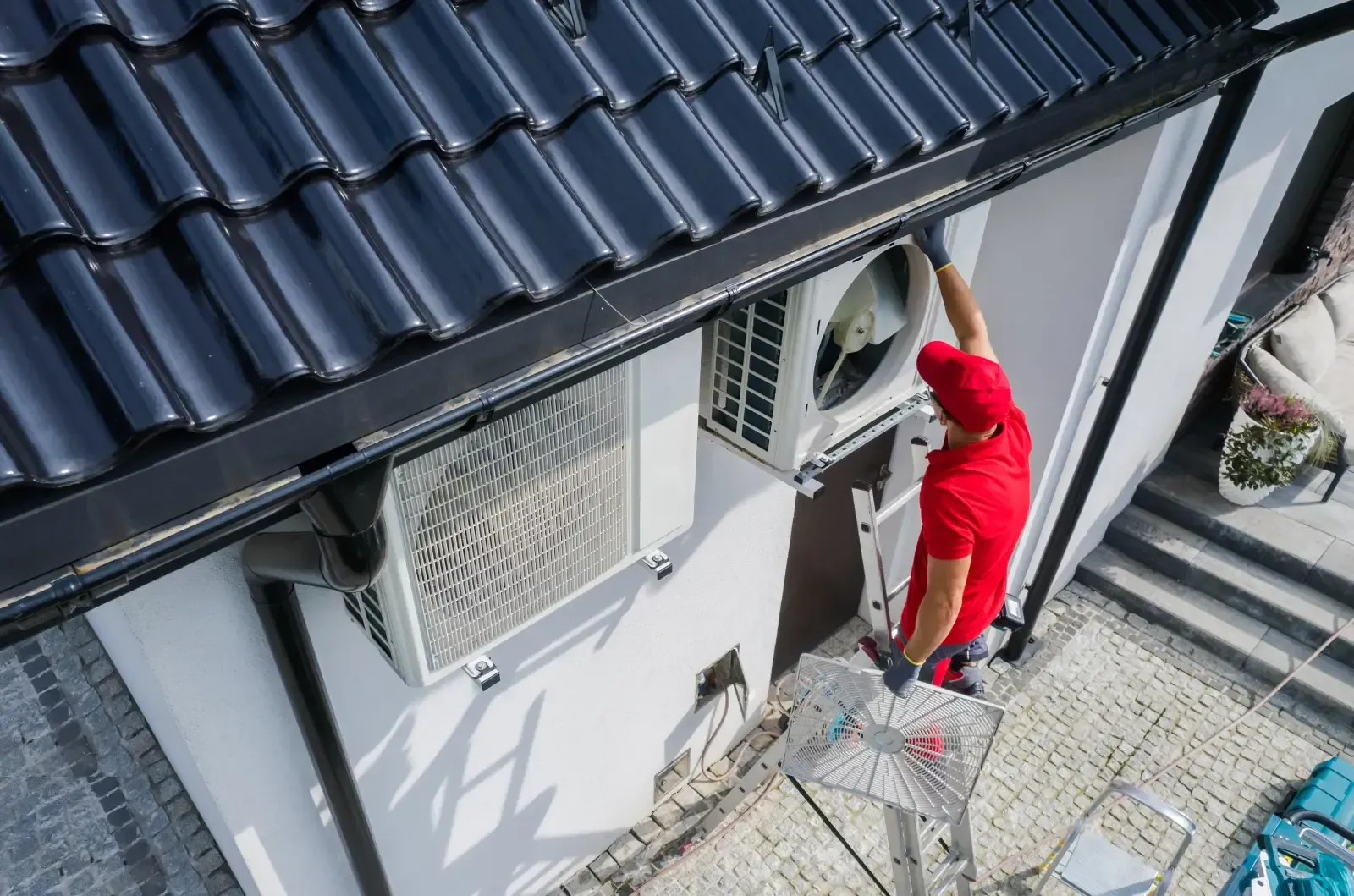
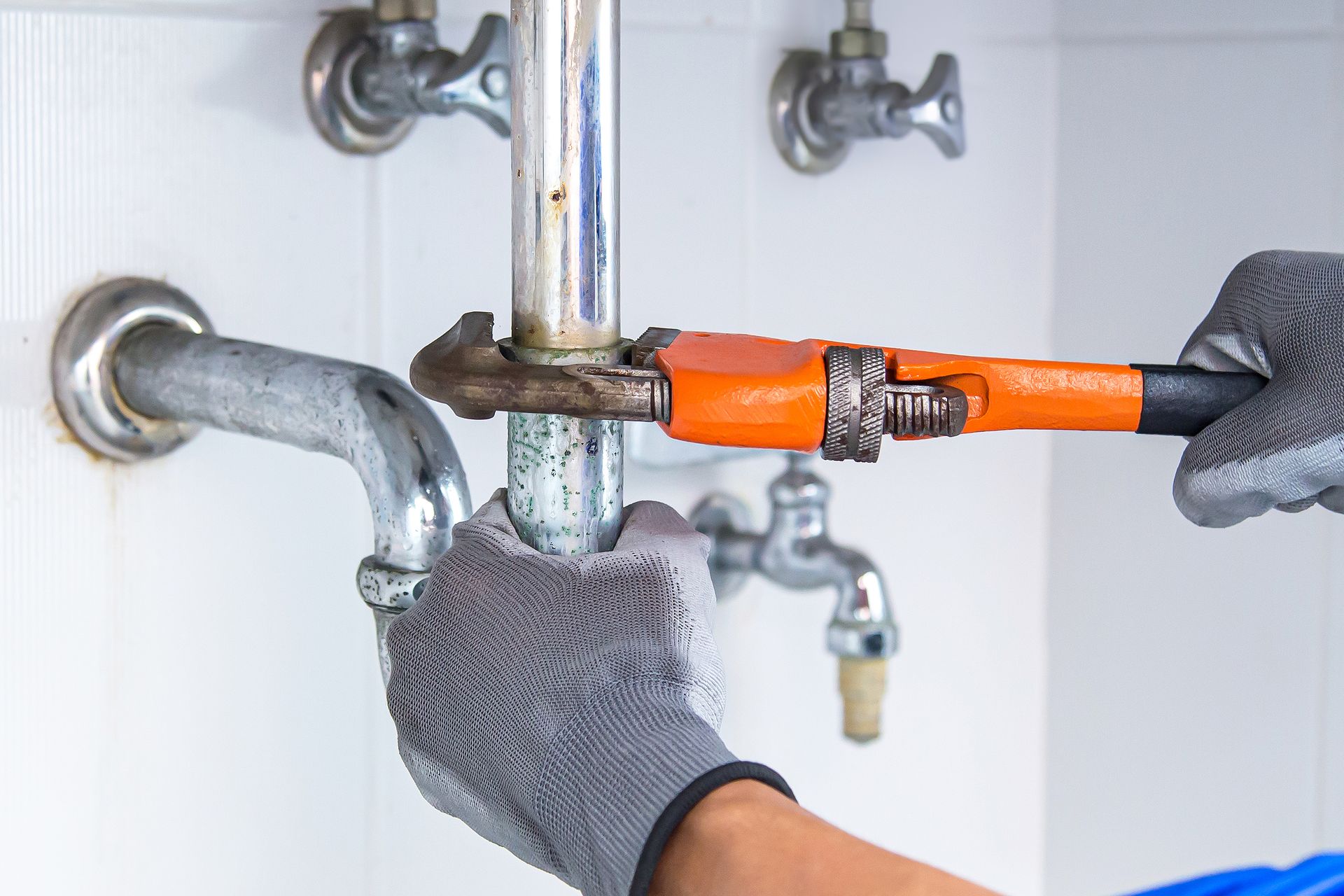
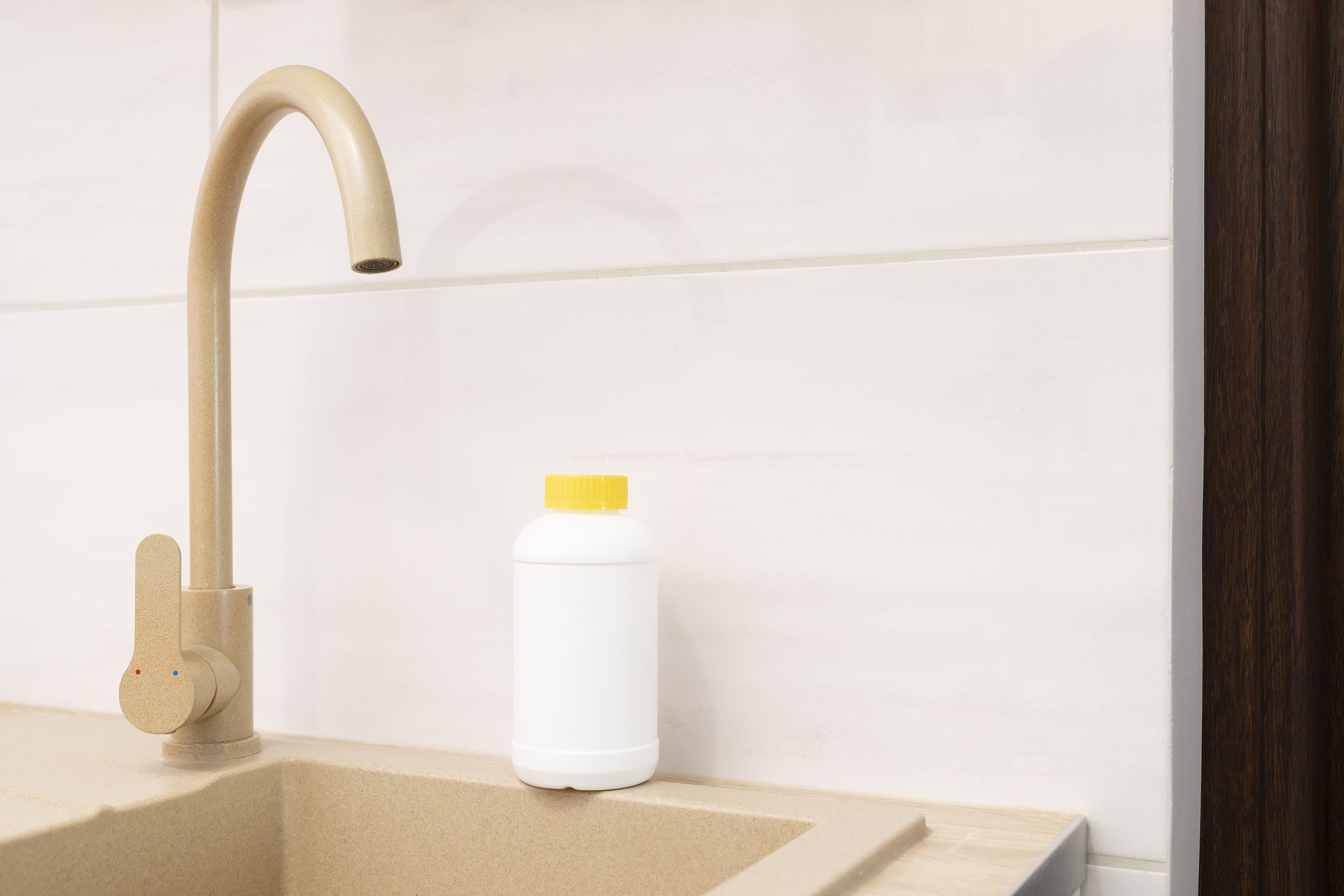
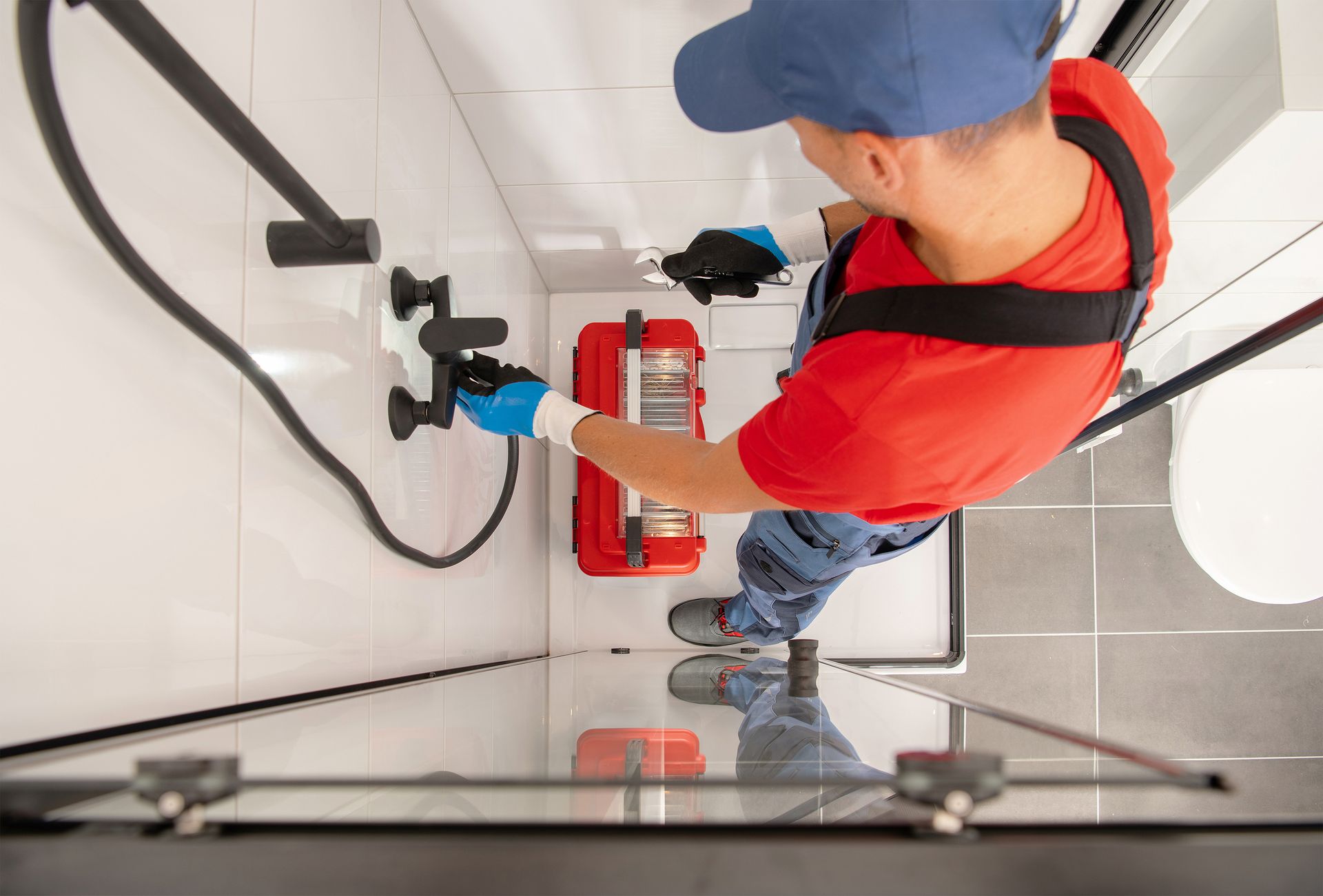
Share On: